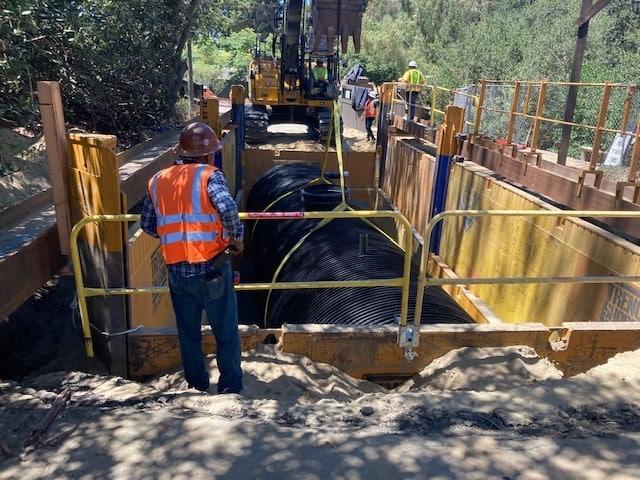
Mokuaikaua Church in Kailua-Kona, Big Island, Hawaii, USA. Photo by Stelios Michael.
From prairie churches to urban cathedrals and synagogues, historic sacred places are often the oldest, and most beautiful, buildings within our communities. It is estimated that there are more than 100,000 historic congregations across America and they play a vital role in shaping the character of communities, both as places of worship and as community resource centers. And while these places play an important part of bringing together the communities in which they serve, the changes in demographics and the practice of religion have made it difficult to maintain these structures.
That’s where the National Fund for Sacred Places comes in. A grant program from the National Trust for Historic Preservation and Partners for Sacred Places, funded by the Lilly Endowment, the Fund for Sacred Places aims to keep these congregations as an important part of our national cultural heritage.

Urban Grace
The fund is a comprehensive program that provides training, planning grants, and capital grants from $50,000 to $250,000 to congregations of all faiths for rehabilitation work on their historic facilities. Applications are now being accepted for the fund, with letters of intent due May 1, 2017.
The Fund for Sacred Places was announced in November 2016. During this round 14 congregations were selected for participation, including Baptist, Catholic, and African Methodist Episcopal denominations from New England to the Hawaiian Islands.
Urban Grace Church in Tacoma, Washington was one congregation selected during this round and plans to use the funding for much needed preventative maintenance.
“During the process of applying for the fund, we learned there were more things to update,” says Ben Robinson, Pastor, Urban Grace Church. “Preventative actions now, mean we won’t have that fear of massive repair down the road.”

Moukauikaua Church. Photo by Gillfoto.
Scheduled improvements for the church include providing an ADA accessible bathroom in the 1925 church. While the church services at Urban Grace see approximately 120 parishioners, the building serves more than 20 other community groups. From social services to arts programs, the doors of Urban Grace see approximately 40,000 community members enter on a weekly basis.
“It’s a busy building,” states Robinson. “As we invest in this building, it becomes more valuable to the community at large.”
Upkeep for structures such as Urban Grace are expensive, and often fall onto the shoulders of small congregations. While the community is supportive and sees the value of the church to all its citizens, it has been favorable to have this national attention.
“The National Fund really has benefited how we approach our community,” says Robinson. “Having national organizations that recognize the significance of our church and invest in it, indicates to the rest of our community that we really need to do this work.”
Another participant in the pilot round is the Mokuaikaua Church in Kailua-Kona, Hawai’i. Completed in 1837, the Moukauikaua was the first Christian church in the Nation of Hawai’i. Built on royal land, it’s a destination site for visitors, school children, and others wishing to learn more about its history, archeological and architectural significance and to attend Sunday services.

Urban Grace
After sustaining structural damage from an earthquake in 2006, and general wear and tear due to the tropical climate, the church was listed on the National Trust’s America’s 11 Most Endangered Historic Places in 2014.
“The restoration directly impacts native Hawai’ian history and support of culture,” says Tricia Muramoto, volunteer grant writer, Mokuaikaua Church. “The preservation of the church has a direct economic effect on Kailua village, allows the Kamehameha Preschool continued operation and supports on-site young adult and youth ministries.”
The Fund also offers the church regular consultations with the Partners for Sacred Places staff regarding the feasibility study, fundraising timeline, congregation engagement, solicitor training, and other friend-raising techniques.
“Historic churches have a genuine need to learn these objectives to preserve their houses of worship in the best interest of their communities and congregations,” states Muramoto. “In Mokuaikaua’s case, not undertaking restoration would be neglect of a cultural icon. Yet, without professional guidance and financial support, diminishes the likelihood of completion.”
Congregations of all faiths are urged to submit their letter of intent by May 1 for the Fund for Sacred Places for projects such as those outlined above for Urban Grace and Mokuaikaua Church. Other projects supported by the fund include urgent repair needs that are integral to life safety, projects that improve the usability or ADA accessibility of the property, and renovation projects for important community outreach.
Visit www.FundforSacredPlaces.org for more details, including eligibility requirements, guidelines, and online application.



